Top 10 Foods Highest in Carbohydrates (To Limit or Avoid)
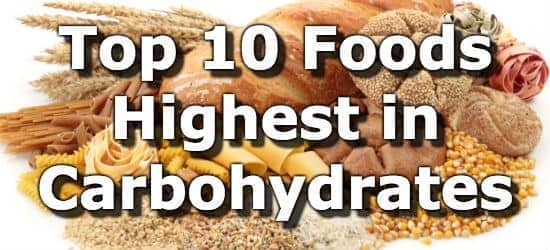
Carbohydrates are one of the three macronutrients required by the body for proper functioning and good health. The main function of carbohydrates is to provide energy to the body, including the brain. (1,2)
Healthy high carb foods like whole grains, plus fruits and vegetables (also classed as carbohydrates) are an essential part of a balanced diet. Eating plenty of healthy high carb foods reduces the risk of many diseases, including heart disease, type II diabetes, obesity, and some cancers. (3,4) On the other hand, excessive consumption of refined carbohydrates like sugar or corn syrup, can increase our risk of the same diseases. (4,5)
Unhealthy high-carbohydrate foods include pancakes, soft pretzels, bread products, ready-to-eat cereals, milkshakes, ice cream, cereal bars, cake, pies, muffins, sweetened canned fruits, sugary drinks, fruit juices, corn chips, potato chips, and candies. Healthy high- carbohydrate foods include whole grains, beans, vegetables, fresh fruits, nuts, and seeds. The daily value (DV) for carbohydrates is 275 grams. (6)
Below is a list of foods highest in carbohydrates to avoid. For more see the extended list of carb-rich restaurant foods to avoid. To see a list of which carbs to eat, see the list of healthy high-carb foods.
Top 10 High Carb Foods to Avoid
-
 1. Fast Foods (Hot Cakes with Syrup) + Add
1. Fast Foods (Hot Cakes with Syrup) + Add
Carbs
per 3 PancakesCarbs
per 100gCarbs
per 200 Calories101.8g
(37% DV)46.1g
(17% DV)33.9g
(12% DV)See the full list of fast foods high in carbs.
-
 2. Soft Pretzels + Add
2. Soft Pretzels + Add
Carbs
in 1 LargeCarbs
per 100gCarbs
per 200 Calories101.6g
(37% DV)71g
(26% DV)41.2g
(15% DV)Other Refined Bread Products High in Carbs
- 72g (24% DV) in a slice of French bread
- 49g (16% DV) in a pice of naan bread
- 25g (8% DV) in a hamburger roll
- 25g (8% DV) in a hotdog roll
- 25g (8% DV) in a flour tortilla
-
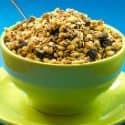 3. Ready to Eat Cereals (Familia) + Add
3. Ready to Eat Cereals (Familia) + Add
Carbs
per CupCarbs
per 100gCarbs
per 200 Calories90g
(33% DV)73.8g
(27% DV)38g
(14% DV)See the full list of 200 cereals high in carbs.
-
 4. Milkshakes + Add
4. Milkshakes + Add
Carbs
per 12oz CupCarbs
per 100gCarbs
per 200 Calories86.1g
(31% DV)25.6g
(9% DV)30.2g
(11% DV)More Unhealthy Dairy Foods High in Carbohydrates
- 168g (61% DV) per cup of dulce de leche
- 69g (25% DV) per serving of soft-serv ice-cream
- 33g (12% DV) per ice-cream sandwich
- 27g (10% DV) in a cup of hot cocoa
- 20g (7% DV) in a cup of eggnog
See the complete list of dairy foods high in carbohydrates.
-
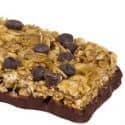 5. Cereal Bars (Nutri-Grain) + Add
5. Cereal Bars (Nutri-Grain) + Add
Carbs
per BarCarbs
per 100gCarbs
per 200 Calories84.4g
(31% DV)72.8g
(26% DV)39.4g
(14% DV)Other Cereal Bars High in Carbs
- 45g (16% DV) in a Quaker Oatmeal Bar
- 39g (14% DV) in a Mars Marathon Protein Performance Bar
- 39g (14% DV) in a South Beach Protein Bar
- 33g (12% DV) in a Slim Fast Omptima Meal Bar
- 30g (11% DV) in a Snicker's Marathon Bar
Note: There are some healthy cereal bars available if you check the ingredients and choose wisely. Look for bars made of whole grains such as oats, and bars containing nuts, seeds, dried fruit. Be sure there are no added sugars, sweeteners, or chemical additives.
-
 6. Cake with Frosting + Add
6. Cake with Frosting + Add
Carbs
per SliceCarbs
per 100gCarbs
per 200 Calories79.7g
(29% DV)55.4g
(20% DV)29.2g
(11% DV)More Baked Confections High in Carbs
- 71g (25% DV) per slice of white cake with coconut frosting
- 43g (16% DV) per slice of blueberry pie
- 39g (14% DV) per chocolate cookie
- 36g (13% DV) per piece of gingerbread
- 36g (13% DV) in a small muffin
See the list of baked foods high in carbohydrates.
-
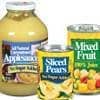 7. Canned Fruits (Sweetened Peaches) + Add
7. Canned Fruits (Sweetened Peaches) + Add
Carbs
per CupCarbs
per 100gCarbs
per 200 Calories67.2g
(24% DV)25.3g
(9% DV)52.1g
(19% DV)More Canned Fruits High in Carbs
- 65g (23% DV) per cup of prunes canned in heavy syrup
- 54g (19% DV) per cup of sweetened canned apricots
- 54g (19% DV) per cup of sweetened canned blueberries
Note: Look for fruits canned in fruit juice instead and eat fresh fruit whenever possible.
-
 8. Sugary Drinks (Cream Soda) + Add
8. Sugary Drinks (Cream Soda) + Add
Carbs
per 16oz BottleCarbs
per 100gCarbs
per 200 Calories65.7g
(24% DV)13.3g
(5% DV)52.2g
(19% DV)Other Sugary Drinks High in Carbs
- 66g (24% DV) per 16oz glass of orange juice
- 60g (21% DV) per 16oz bottle of Ocean Spray Cran-Pomegranate.
- 60g (21% DV) per 16oz glass of sweetened lemon black tea
- 60g (21% DV) per 16oz glass of V-8 V-Fusion Strawberry Banana
- 60g (21% DV) per 16oz bottle of orange soda
- 51g (19% DV) per 16oz glass of cola soft drink
- 51g (19% DV) per 16oz glass of root beer
- 42g (15% DV) per 16oz glass of ginger ale
See the complete list of drinks high in carbohydrates.
-
 9. Snacks (Corn Chips) + Add
9. Snacks (Corn Chips) + Add
Carbs
per CupCarbs
per 100gCarbs
per 200 Calories50.5g
(18% DV)57.4g
(21% DV)20.6g
(7% DV)Other Snacks High in Carbs
- 46g (17% DV) per cup of tortilla chips
- 36g (13% DV) per 2oz bag of Utz Veggie Chips
- 36g (13% DV) per 1.9oz bag of kettle chips
See the complete list of high carbohydrate snacks.
-
 10. Candies (Jelly Gumdrops) + Add
10. Candies (Jelly Gumdrops) + Add
Carbs
per 10 PiecesCarbs
per 100gCarbs
per 200 Calories35.6g
(13% DV)98.9g
(36% DV)49.9g
(18% DV)See the full list of sweets and candies high in carbs.
Printable One Page Sheet
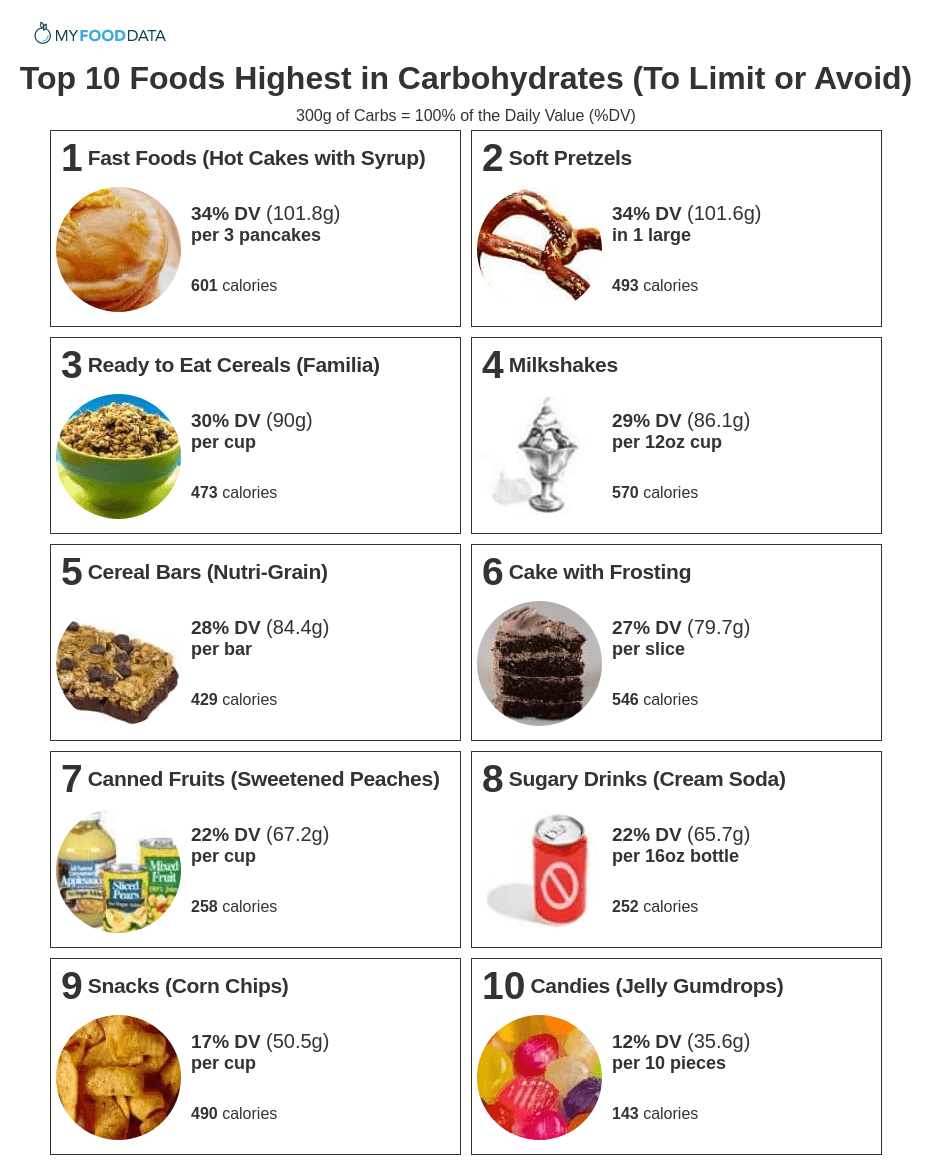
Restaurant Foods High in Carbs
| Food | Serving | Carbs |
|---|---|---|
| 1. Sweet and Sour Chicken + | per order | 61% DV (168.5g) |
| 2. Vegetable Lo Mein + | per order | 54% DV (149.4g) |
| 3. Fast Foods (Applebees Onion Rings) + | per order | 51% DV (140.6g) |
| 4. Fast Foods (Hot Cakes with Syrup) + | per 3 pancakes | 37% DV (101.8g) |
| 5. Carrabbas Italian Grill Spaghetti With Pomodoro Sauce + | per order | 33% DV (91.1g) |
| 6. Olive Garden Spaghetti With Meat Sauce + | per order | 33% DV (90.2g) |
| 7. McDonalds McFlurry With Oreo Cookies + | per 12oz shake | 31% DV (86.1g) |
| 8. Taco Bell Taco Salad + | per order | 29% DV (80.5g) |
| 9. TGI Fridays French Fries + | per order | 25% DV (67.9g) |
| 10. Dennys Mozzarella Cheese Sticks + | per order | 23% DV (62.1g) |
What is the recommended daily allowance (RDA) for Carbohydrates?
The daily value (%DV) for carbohydrates is 275g and is a general target intended for most people. The Recommended Dietary Allowance (RDA) shows specific targets by age and gender. The RDA for carbohydrates is between 60g - 130g for most people.
| Life Stage | RDA |
|---|---|
| Infants | |
| 0-6 months old* | 60g |
| 7-12 months old* | 95g |
| Children | |
| 1-3 years old | 130g |
| 4-8 years old | 130g |
| Males | |
| 9+ years old | 130g |
| Females | |
| 9+ years old | 130g |
| Pregnancy | |
| 14-50 years old | 175g |
| Lactation | |
| 14-50 years old | 210g |
From the Nutrient Ranking Tool
Use the ranking tool links below to select foods and create your own food list to share or print.
- Foods High in Carbohydrates
- Foods Low in Carbohydrates
- Vegetables High in Carbohydrates
- Fruits High in Carbohydrates
- Vegetarian Foods High in Carbohydrates
- Nuts High in Carbohydrates
- Grains High in Carbohydrates
- Beans High in Carbohydrates
- Dairy High in Carbohydrates
- Breakfast Cereals High in Carbohydrates
- Fast Foods High in Carbohydrates
View more nutrients with the nutrient ranking tool, or see ratios with the nutrient ratio tool.
Related
Data Sources and References
- Qi X, Tester RF. Physiology, Carbohydrates Clin Nutr ESPEN. 2019 Oct;33:18-28. doi: 10.1016/j.clnesp.2019.07.004. Epub 2019 Jul 19. 31451258
- Wali JA, Raubenheimer D, Senior AM, Le Couteur DG, Simpson SJ. Importance of Carbohydrate Quality: What Does It Mean and How to Measure It? Cardiovasc Res. 2021 Jan 21;117(2):386-401. doi: 10.1093/cvr/cvaa136. 32386289
- Slavin J. Whole grains and human health Proc Nutr Soc. 2003 Feb;62(1):129-34. doi: 10.1079/PNS2002221. 12740067
- Perler BK, Friedman ES, Wu GD. The Burden of Carbohydrates in Health and Disease Annu Rev Physiol. 2023 Feb 10;85:449-468. doi: 10.1146/annurev-physiol-031522-092054. Epub 2022 Nov 14. 36375468
- Sievenpiper JL. Carbohydrates: Separating fact from fiction Nutr Rev. 2020 Aug 1;78(Suppl 1):69-77. doi: 10.1093/nutrit/nuz082. 32728757
- U.S.FDA - Daily Value on the New Nutrition and Supplement Facts Labels
Simplify Nutrition Tracking with MyFoodData!
Speedy Tools and Detailed Data FREEEasily analyze your meals to find the best foods for your goals.
✅ Use our recipe nutrition calculator and nutrition comparison tool.
✅ Access expert nutrition data tools and in-depth articles.
✅ Log foods and organize your recipes with a free account.


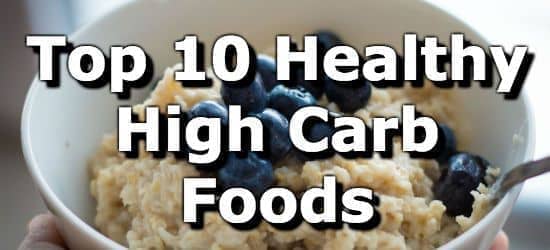 Next ➞
Next ➞
